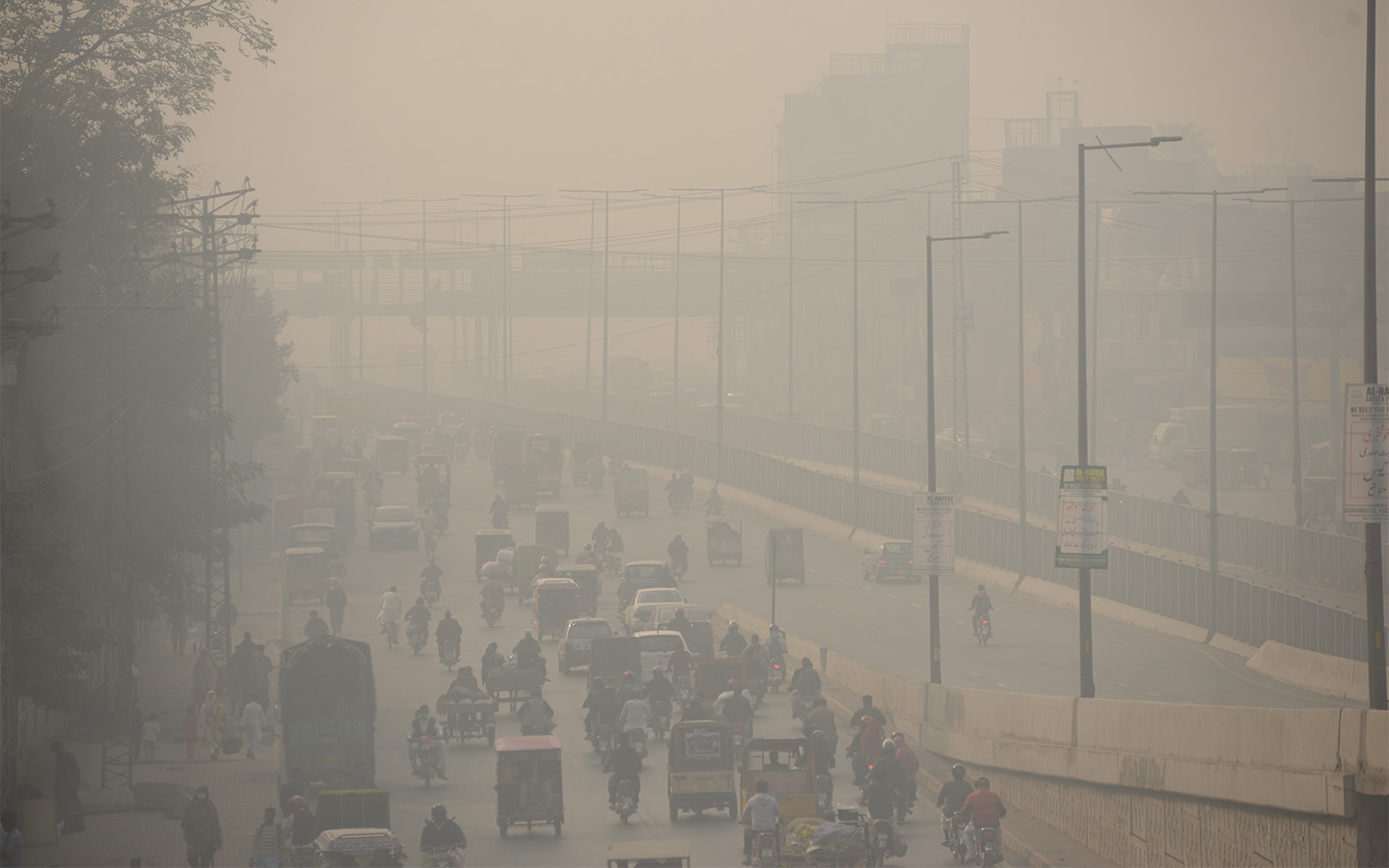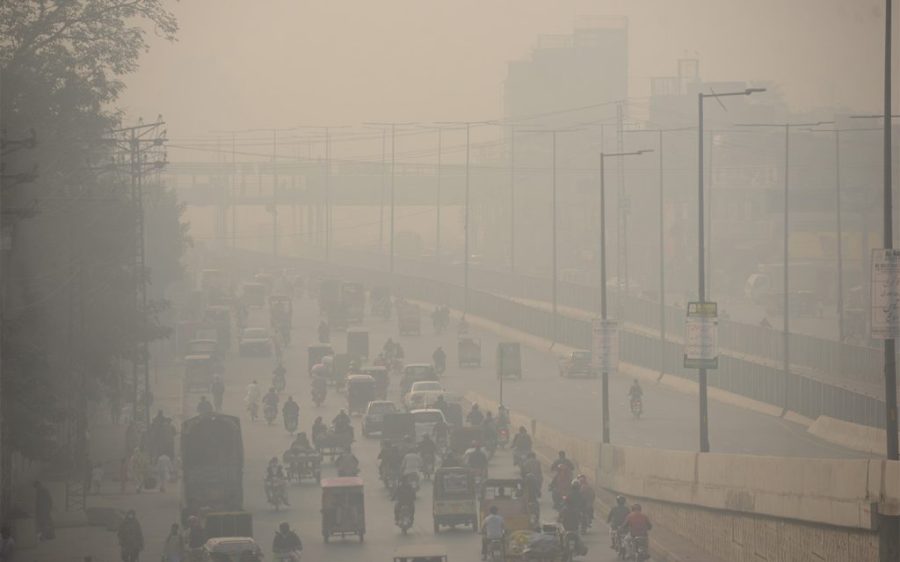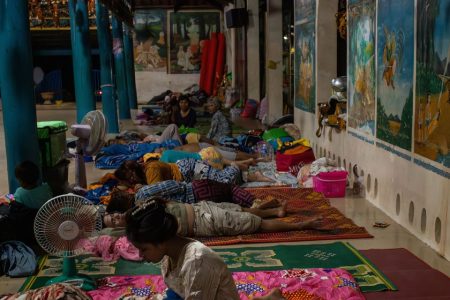Over 75,000 people sought hospital treatment in Pakistan on Saturday alone as the country declared a health emergency, locking down two major cities as a result of choking smog. Neighbouring India too implemented anti-pollution measures to deal with the blanketing pollution that has become an annual menace.
The AP reports that officials in the Pakistani province of Punjab declared a health emergency after weeks of smog sickened nearly 2 million. Both Lahore, the provincial capital, and the city of Multan are under lockdown, halting construction work, limiting business hours and shuttering all education institutions.
Meanwhile, Reuters reports that the Indian government has taken a number of measures in New Delhi, including banning non-essential construction and sprinkling water as a dust suppressant on roads. All primary schools have gone online and people who go out are encouraged to use public transit to minimise vehicle emissions. Householders are being asked to avoid using coal or wood for heating and cooking.
On the air quality index (AQI), 50 is considered healthy and anything above 300 is hazardous to health. Lahore’s reading as of early Monday morning was 384 but on Friday it recorded a staggering AQI of 1,587, making the city of 11 million the worst case of air pollution in the world. New Delhi’s reading is currently over 800, making the air a potentially lethal hazard for the city’s 25 million-plus inhabitants.
[See more: There are only 7 countries in the world with safe air]
Such hazardous conditions in India and Pakistan are relatively new, emerging around a decade ago and growing worse each year. The toxic smog that ushers in “pollution season” each winter is largely caused by millions of farmers burning stubble, using fire as a cheap, easy method to clear their fields.
While illegal in both India and Pakistan, weak enforcement and a lack of comparably inexpensive methods allow the practice to continue largely unabated. Some 38 percent of the smog in New Delhi is attributed to stubble burning. Industrial emissions from factories and construction, as well as emissions from cars, add to the suffocating haze.
Climatic factors also play a part. Cold, humid air and slow winds act to trap the toxic smog in place, forming a thick, choking miasma. Air quality is forecast to improve somewhat in Lahore this week, wind and rain helping smoggy conditions subside. But officials warn they are far from out of the woods.
“Smog is currently a national disaster,” Marriyum Aurangzeb, a provincial minister in Punjab, told the AP. “It will not be over in a month or a year.” Without significant work to curtail the factors fuelling the smog, dangerous air quality will continue to plague both countries for a long time to come.






